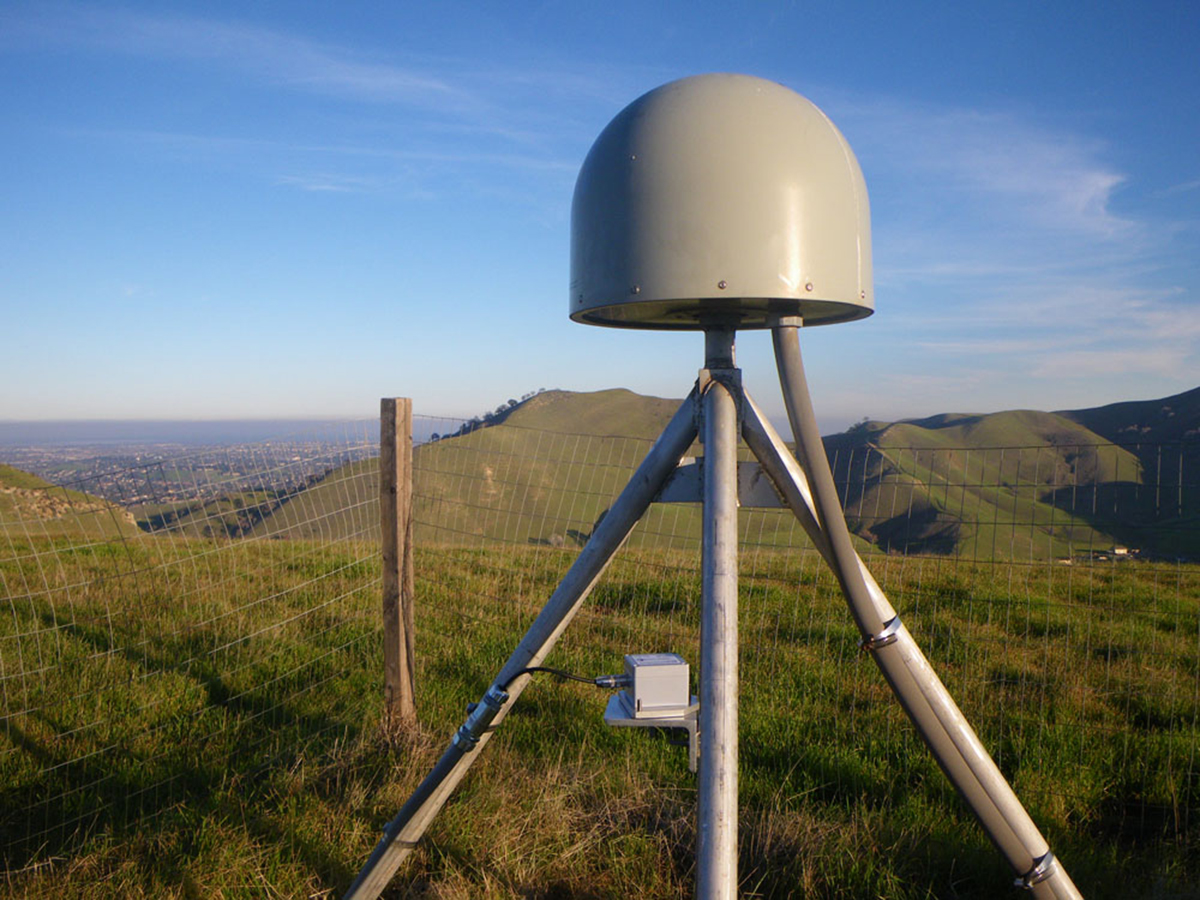By Doerte Mann and Beth Bartel - Spring 2015
One of the major benefits of the Plate Boundary Observatory (PBO) is its contribution to prototype Earthquake Early Warning systems (EEW). While systems to date have focused on seismic data, PBO affords the seismically active Western US the opportunity to incorporate GPS data into the mix. The two data sets are highly complementary. Seismometers measure acceleration and yield quick detection and location of earthquakes. GPS measures displacement, and yields rupture extent and magnitude. These latter quantities are especially important for large earthquakes, where the projected extent and strength of shaking may be underestimated by seismometers alone.
The first step in making PBO GPS stations valuable for EEW was to equip more than 400 stations throughout the Pacific Northwest and California with real-time streaming capabilities. Over the last 18 months, UNAVCO and partners furthered the effort by upgrading 22 sites in California with low-cost seismometers to provide both of these valuable data streams at each station. Each site is equipped with a small accelerometer clamped onto the GPS monument and a custom geodetic module that synchronizes the seismic data with the GPS data. The system was developed at Scripps Institution at the University of California San Diego, and the data are streamed in real time to the UNAVCO data archive in Boulder, Colorado where they are publicly available.
In Southern California, 12 PBO-GPS stations along the San Andreas and San Jacinto faults have these accelerometers, modules and upgrades. In Northern California, 10 PBO-GPS upgrades focus on the Hayward, Rodgers Creek, Concord, Greenville, and San Andreas faults. The next region to see these upgrades will be coastal Cascadia.
For more details, including an animation on how GPS and seismometers are used in concert to improve earthquake early warning systems, please visit www.unavco.org/highlights/2015/accelerometers.html.
Image: The accelerometer installed at P248, clamped to the vertical leg of the GPS monument. (Photo Doerte Mann, UNAVCO)





